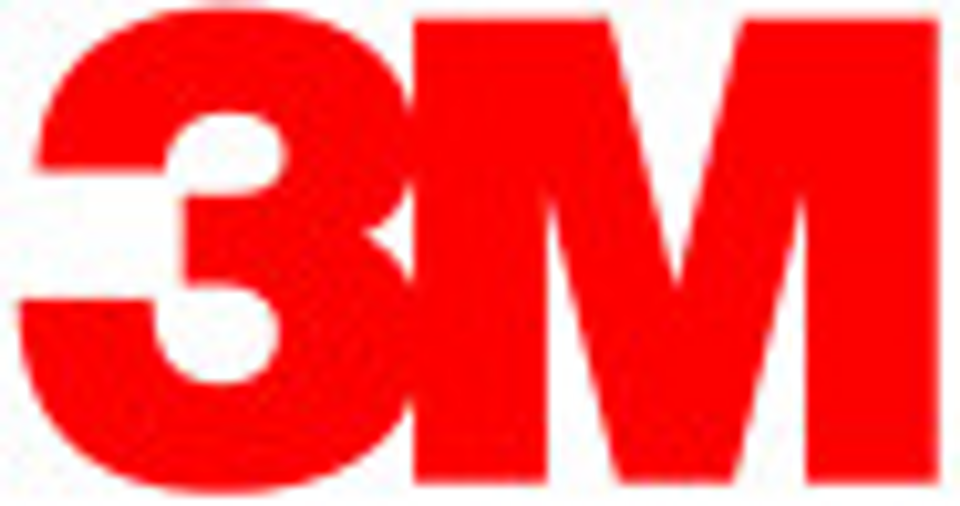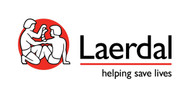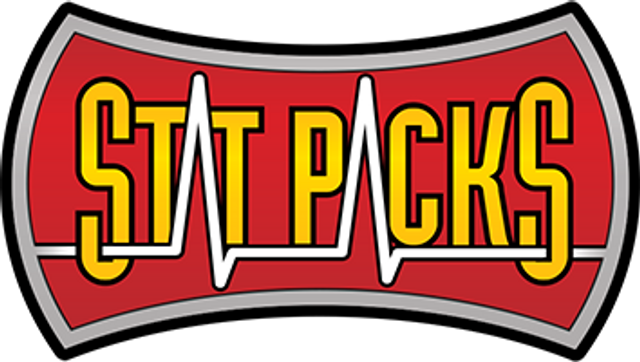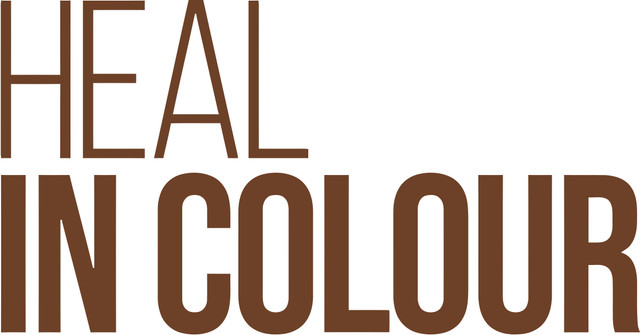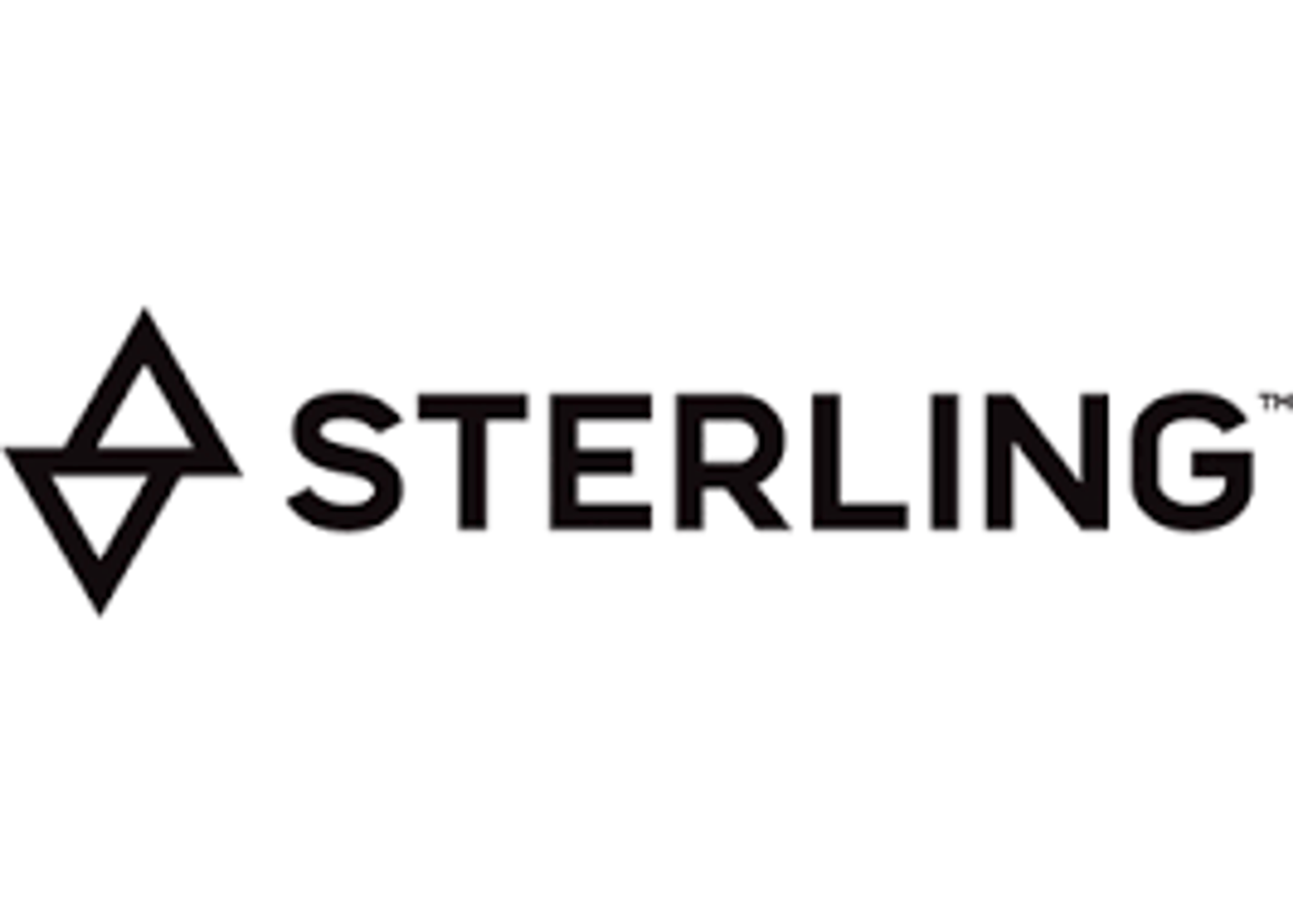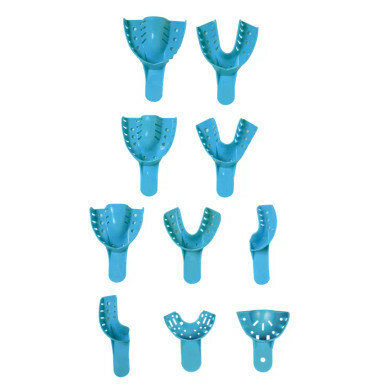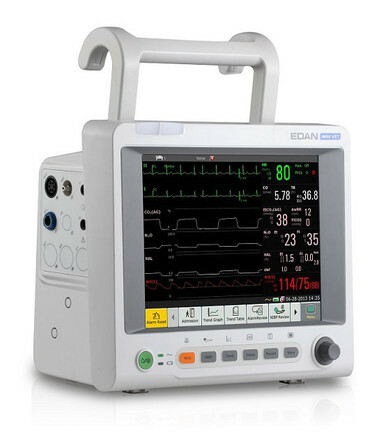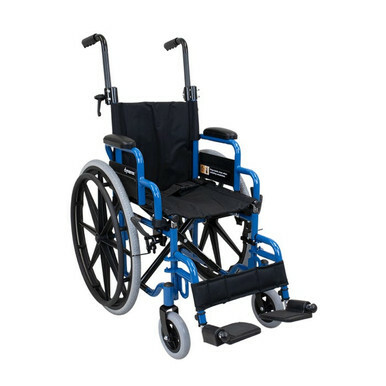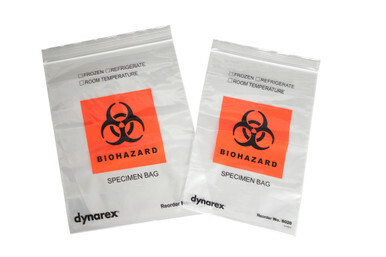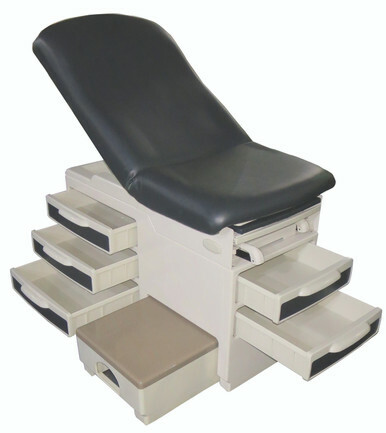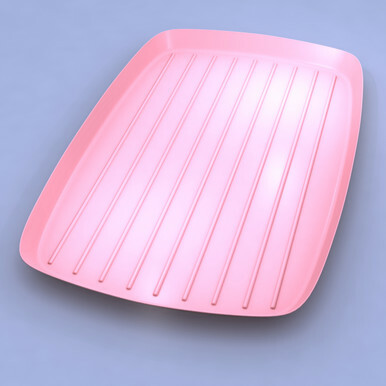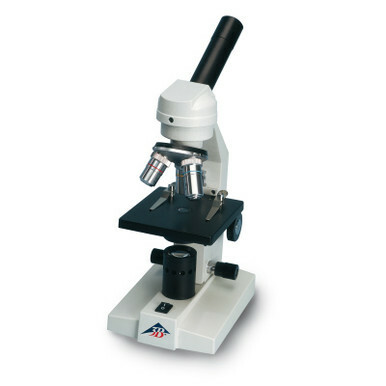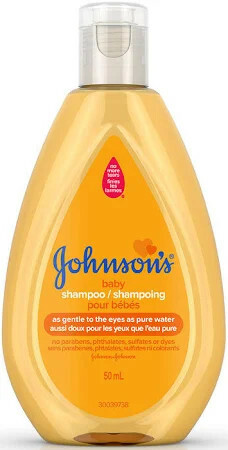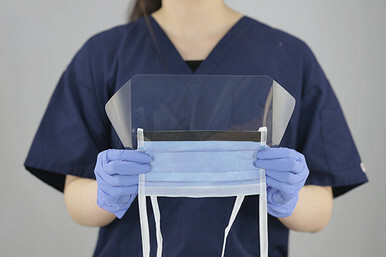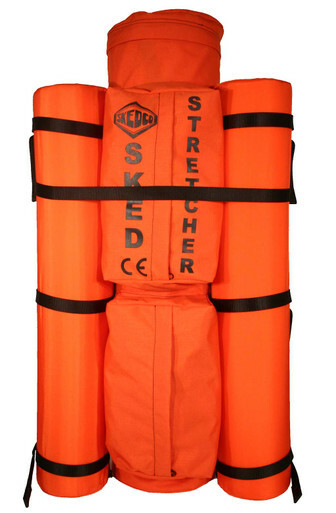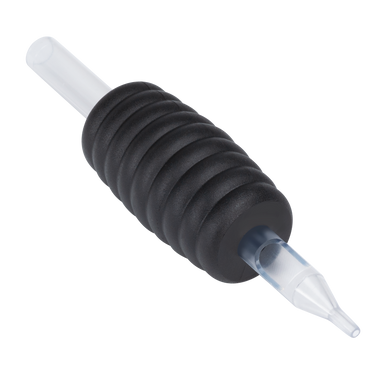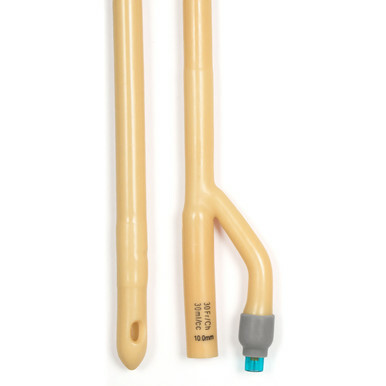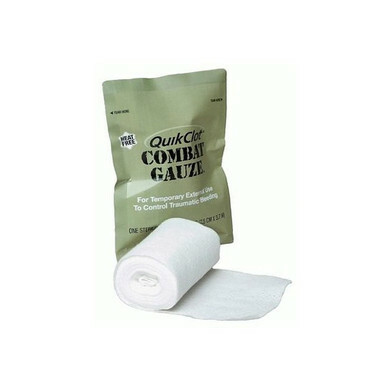Understanding Syringes: Essential Tools in Modern Medicine
Posted by EMRN on 21st Aug 2024
Syringes are one of the most fundamental tools in the medical field, playing a critical role in administering medications, vaccines, and drawing blood. Despite their ubiquitous presence in healthcare, many people may not fully appreciate the variety and complexity of syringes and their significant impact on patient care. This blog post aims to shed light on the importance, types, and uses of syringes in modern medicine.
The Importance of Syringes in Healthcare
Syringes are indispensable in delivering medications and vaccines directly into the bloodstream or specific tissues, ensuring fast and effective treatment. They are essential in a wide range of medical procedures, from routine vaccinations to life-saving interventions. The ability to accurately measure and administer precise doses makes syringes vital for maintaining patient safety and treatment efficacy.
In recent years, syringes have also been crucial in global health efforts, particularly in the administration of vaccines during pandemics. The COVID-19 vaccination campaign, for example, has highlighted the importance of reliable and safe syringes in reaching populations worldwide.
Types of Syringes
There is no one-size-fits-all syringe. The type of syringe used depends on the specific medical application, the volume of liquid to be administered, and the method of administration. Below are some common types of syringes and their uses:
1. Insulin Syringes
Insulin syringes are designed for diabetic patients who need to self-administer insulin. These syringes are small, typically holding 0.3 to 1 ml of liquid, and have a fine needle to minimize discomfort. They are marked with units instead of milliliters, making it easier for patients to measure their doses.
2. Tuberculin Syringes
Tuberculin syringes are used to administer small doses of medication, often for tuberculosis testing. They hold up to 1 ml of liquid and are marked with milliliters, making them ideal for precise measurements of small doses.
3. Standard Syringes
Standard syringes come in various sizes, typically ranging from 2 ml to 50 ml. These are commonly used in hospitals and clinics for a wide range of purposes, including administering medications, vaccines, and drawing blood.
4. Luer Lock Syringes
Luer Lock syringes are designed with a secure, threaded tip that allows the needle to be screwed on tightly, preventing it from coming loose during injection. This feature makes them ideal for procedures requiring a strong, secure connection between the syringe and needle.
5. Oral Syringes
Oral syringes are used to administer liquid medications orally, especially in pediatric and geriatric care. These syringes do not have a needle and are designed to ensure that the medication is delivered directly into the patient's mouth without risk of needle injury.
Safety Features and Innovations
With the growing emphasis on patient and healthcare worker safety, syringes have evolved to include various safety features. These innovations are designed to reduce the risk of needlestick injuries, cross-contamination, and misuse.
1. Safety Syringes
Safety syringes come equipped with mechanisms that retract the needle into the barrel after use or have a cap that automatically covers the needle. These features protect healthcare workers from accidental needlestick injuries and reduce the risk of exposure to bloodborne pathogens.
2. Pre-filled Syringes
Pre-filled syringes are designed for single-use and come pre-loaded with the exact dosage of medication required. These syringes reduce preparation time, minimize the risk of dosing errors, and enhance patient safety by ensuring the medication is sterile and ready to use.
3. Auto-disable Syringes
Auto-disable syringes are designed for single use only, as they automatically lock after one use. This feature helps prevent the reuse of syringes, a significant concern in areas with limited access to healthcare supplies, thereby reducing the risk of disease transmission.
The Environmental Impact and Sustainable Alternatives
The widespread use of syringes also brings environmental challenges, particularly in terms of medical waste management. Disposing of used syringes safely is crucial to prevent environmental contamination and the spread of infectious diseases.
To address these concerns, the medical industry is exploring sustainable alternatives, such as syringes made from biodegradable materials and programs aimed at recycling used syringes. These efforts are part of a broader movement toward reducing the environmental footprint of healthcare practices.
Conclusion
Syringes are an essential component of modern healthcare, enabling the safe and effective delivery of medications and vaccines. From insulin administration to routine vaccinations, the variety of syringes available ensures that each medical need is met with precision and care.
As technology advances, syringes continue to evolve, incorporating safety features and sustainable practices that protect both patients and healthcare workers. Whether in a hospital, clinic, or home setting, syringes will remain a cornerstone of medical practice, critical to achieving positive health outcomes.
Understanding the importance, types, and safety features of syringes helps us appreciate their role in healthcare and the ongoing efforts to improve their safety and sustainability.

